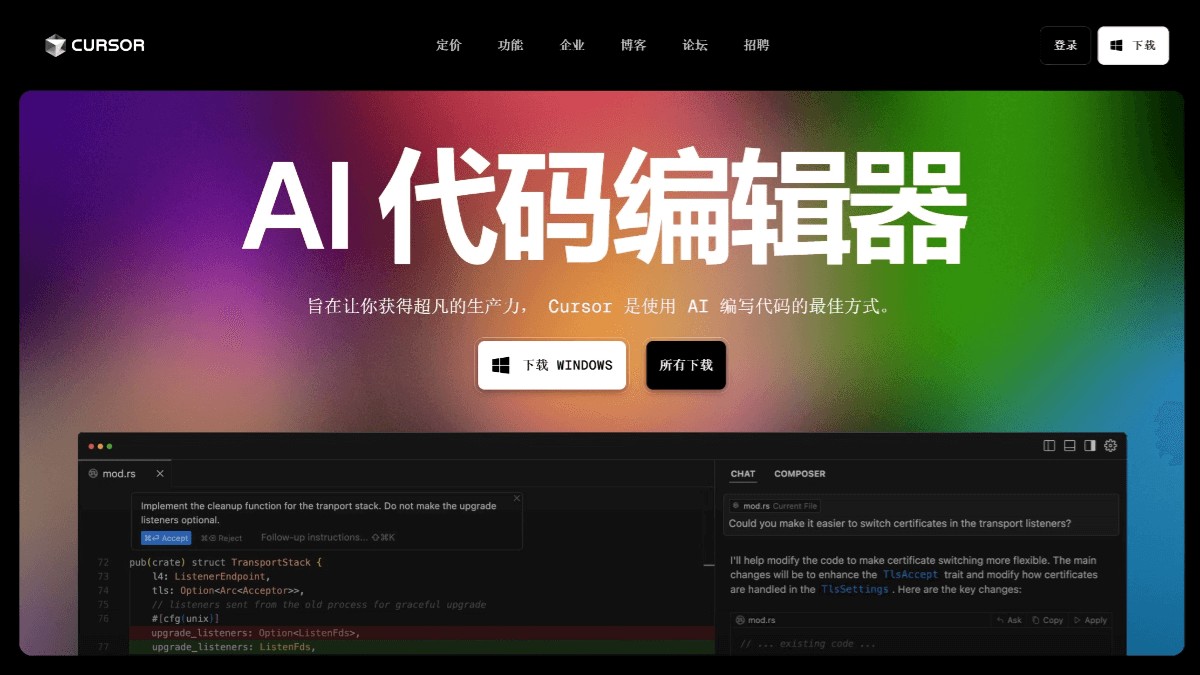
When learning AI, theory and practice are complementary, and it is important to balance the two. Theory provides the basis for practice, and practice helps understand and apply theory. Here are a few suggestions for how to balance theory and practice.
Learn core concepts : master basic algorithms of machine learning and deep learning.
Mathematics basics : focus on linear algebra, probability and statistics.
Learning resources : books, online courses (such as Andrew Ng’s machine learning course).
Start with small projects : apply theory through simple projects (such as classification, regression tasks).
Use data sets : Use Kaggle, UCI and other data sets to practice and consolidate learning.
Practical resources : Kaggle competition, GitHub project.
Early stage: mainly theory , understanding basic concepts and algorithms.
Advanced: focus on practice , solve practical problems through projects, and check theory again when encountering difficulties.
Google Colab/Jupyter Notebook : for quickly implementing and testing code.
Visualization tools : such as TensorBoard, to help understand the model training process.
Reviewing project experience : Analytical challenges and theoretical applications.
Read papers and blogs : Understand cutting-edge technology and improve theoretical depth.
Too much theory : may lead to “paper talk”.
Too much practice : May ignore theory and fail to solve complex problems.
The process of AI learning is essentially the art of balancing theory and practice. Theory provides you with a deep understanding, while practice allows you to truly master and apply this theoretical knowledge. Through step-by-step, continuous practice and reflection, and cooperative learning, you will be able to find the best balance between theory and practice and comprehensively improve your AI capabilities.



